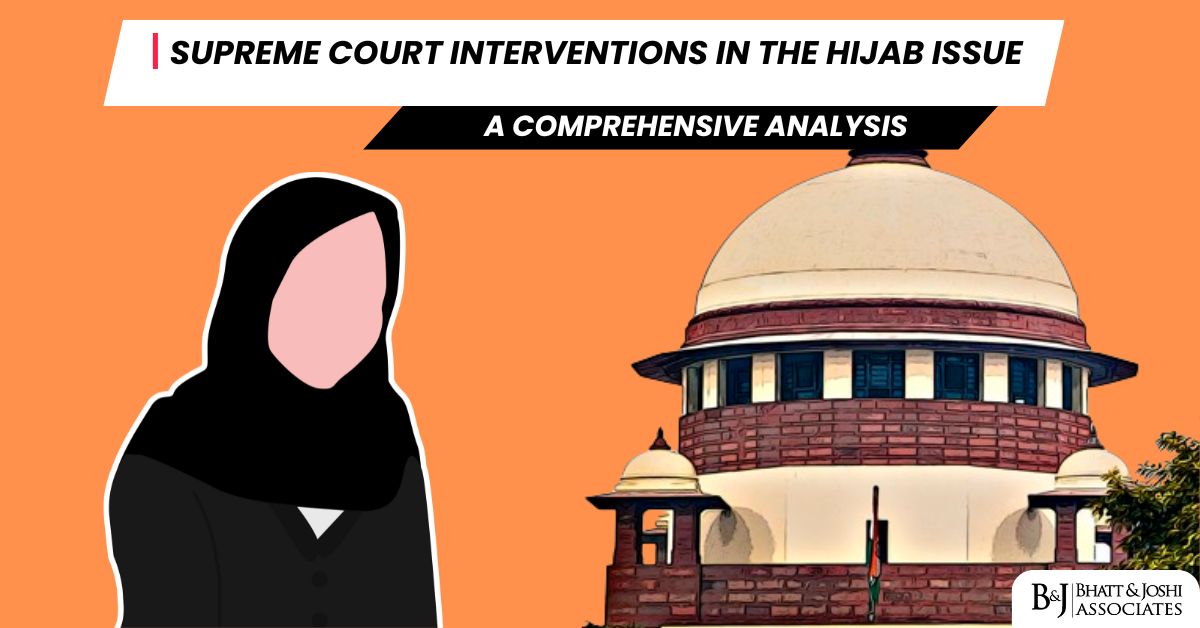Introduction
While theoretical knowledge provides a foundational understanding of land revenue administration, real-world case studies offer invaluable insights into its practical application. This chapter aims to delve into select case studies that highlight the complexities, challenges, and successes in the realm of land revenue administration in Gujarat.

Case Study
1. E-Dhara Implementation in Ahmedabad
Background
In 2010, a pivotal initiative was undertaken with the overarching goal of modernizing land management processes. The primary objective of this endeavor was to embark on a comprehensive digital transformation of land records, ensuring their accessibility through online platforms. It aimed to harness the power of technology to streamline land-related information, marking a significant shift towards efficiency and transparency in land administration.
Challenges
- Resistance to Change: Initial reluctance from local administrative bodies.
- Data Accuracy: Ensuring the digital data accurately represented the physical records.
Outcomes
- Increased Efficiency: Reduced time for mutation entries.
- Enhanced Transparency: Easy access to land records for the public.
2. Land Dispute Resolution in Surat
Background
In 2018, a significant dispute arose between two parties concerning a piece of agricultural land. This dispute, rooted in conflicting interests and claims over the land in question, marked a pivotal moment in the history of the involved parties. The events and circumstances surrounding this dispute would go on to shape the course of their interactions and legal proceedings, leaving a lasting impact on the landscape of their agricultural endeavors.
Legal Framework
- Gujarat Land Revenue Code, 1879: Under Section 135D, the Mamlatdar has the authority to resolve such disputes.
Outcomes
- Successful Mediation: The dispute was resolved amicably without escalating to higher courts.
- Timely Resolution: The entire process was completed within six months.
3. Modernization in Rajkot
Background
In 2020, the primary objective was to harness the power of AI and Machine Learning to revolutionize predictive analytics in the field of land valuation. This endeavor sought to leverage cutting-edge technology to enhance our understanding of property values and market trends, ultimately providing valuable insights for stakeholders in real estate and land management. With a focus on innovation and data-driven decision-making, the goal was to create a more accurate and efficient system for evaluating land values, ushering in a new era of precision and insight in the realm of property assessment and appraisal.
Challenges
- Technical Limitations: Lack of infrastructure to support advanced technologies.
Outcomes
- Pilot Success: The initial phase showed promising results.
- Scalability: Plans to implement the technology across the state.
Conclusion
Real-world case studies serve as a mirror to the theoretical aspects, reflecting both the challenges and the potential for innovation in land revenue administration. They offer a holistic view, from grassroots-level issues managed by the Talati to broader policy implications at the state level.













